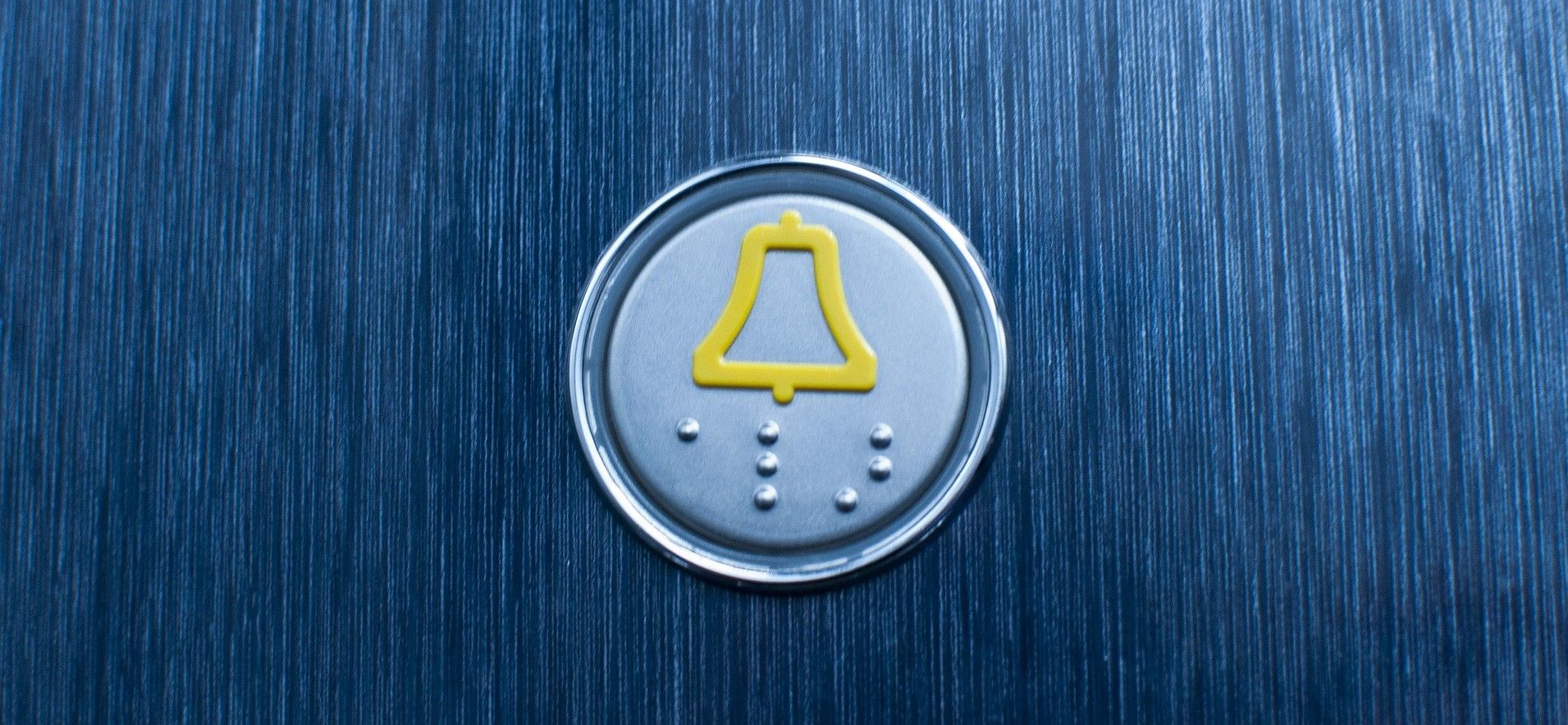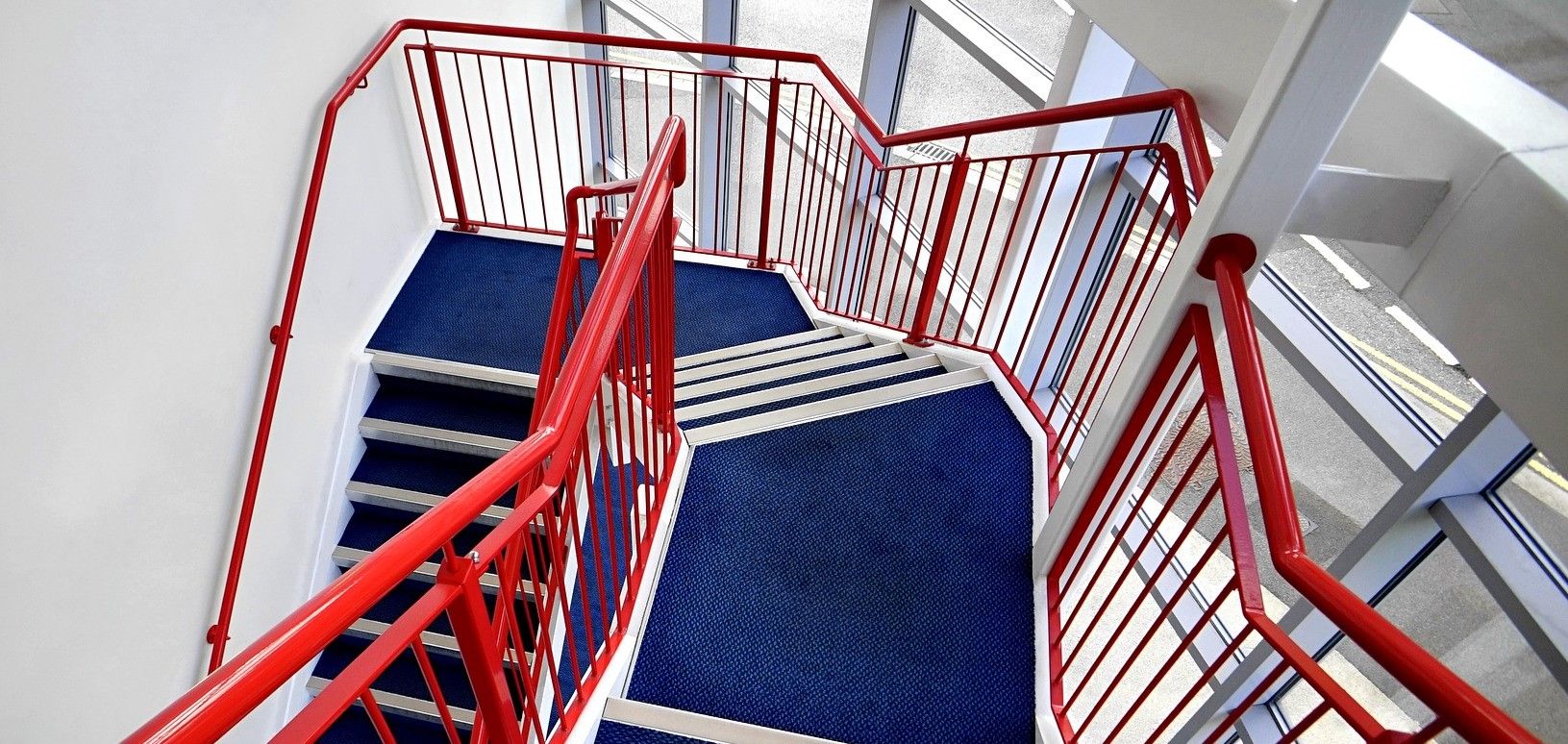Keeping surfaces free of viruses and bacteria has been a major problem since the link between them and disease was first discovered.
Today, the coronavirus pandemic has shown the world just how important it is to solve this challenge.
Even prior to the deaths from COVID-19, infections killed thousands of people every year, many often contracting their illness from inside a hospital.

Chemical disinfectants and coatings containing hydrophobic compounds, copper or silver ions have already been made that can reduce surface contamination, but these solutions have a short lifespan. While a longer-lasting method of killing bacteria with chemical-free areas has already been developed, a facade that destroys viruses on contact has yet to be invented.
Until now, because a team from Queensland University of Technology in Brisbane has created a nanostructured surface which possesses excellent antibacterial as well as antiviral properties.
The breakthrough was inspired by nature, which had already developed microscopic structural features on the wings of some insects as a way to keep them bacteria-free.
As the online scientific journal Technology Networks reports, “[The Brisbane-based] Scientists have replicated this effect by forming surfaces covered with minute pillars and other shapes that distort and kill bacterial cells. But Prasad Yarlagadda and colleagues wanted to inactivate viruses as well as bacteria, so they set out to generate a novel nanoscale topography on long-lasting, industrially relevant materials.”
Knowing that metal can be easily etched, is affordable, and is commonly used for handrails, door handles, lift buttons, and other high contact surfaces, the research team conducted their experiments on discs of aluminium 6063.

By etching the discs with sodium hydroxide, in some experiments for as long as three hours, the surface changed from smooth and hydrophobic to rough and hydrophilic. This radically reduced the lifespan of the bacteria and viruses placed on it during testing, with the surface performing noticeably better than untreated plastic or smooth aluminium.
As the American Chemical Society journal Biomaterials Science & Engineering, states, “… [the researchers] have used a wet etching technique to fabricate 23 nm wide nanostructures randomly aligned as ridges on aluminum (Al) 6063 alloy surfaces. … bacterial cells of P. aeruginosa and S. aureus were physically deformed and were nonviable upon attachment after 3 hours on the etched Al 6063 surface. This nanoscale surface topography inactivated 92% and 87% of the attached P. aeruginosa and S. aureus cells, respectively. The recovery of infectious respiratory syncytial virus (RSV) was also reduced significantly within 2 h of exposure to the nanostructured surfaces compared to the smooth Al control surfaces.” Additionally, the study notes that there was a, “… reduction in the viability counts of rhinovirus after 24 h on the nanostructured surfaces.”
While chemical applications such as disinfectant sprays may produce similar or even better cleaning results, these products lose their effectiveness rapidly over time. Typically losing all of their antiviral and antibacterial properties within five or ten minutes.
Crucially, this study found that novel nanostructured surfaces, “… sustained 1000 cycles of 2000 μN load without any damage”.

Despite the success of these early experiments, further testing is required to exactly measure how long the surface can stay effective (especially with everyday usage and abrasion), as well as to modify the technique so that it kills a greater proportion of any viruses or bacteria placed on it.
Its ability to destroy the virus SARS-COV-2 also needs to be known.
However, given the current pandemic situation, new methods of keeping surfaces clean for longer will be needed. In some spaces, disinfecting sprays are perfectly adequate, in other higher volume areas, such as hospital doors, lift buttons in offices, or shopping trolley handles, a longer lasting, non-chemical solution to combat infection and the spread of disease is required.
Nanotechnology has shown great promise in many areas and already influences the manufacture of pharmaceuticals, glasses, sunscreens, paints and coatings, stain-repellent fabrics, self-cleaning windows, ceramics and solar panels. Maybe they can help solve this challenge too.
Photo credit: Narcis Ciocan from Pixabay, MikesPhotos from Pixabay, Parentingupstream from Pixabay, & Josh Hild from Pexels